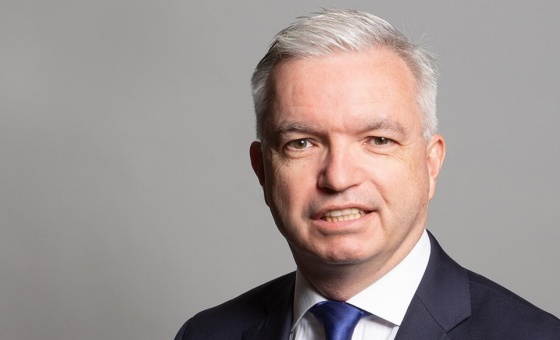This is the last article you can read this month
You can read more article this month
You can read more articles this month
Sorry your limit is up for this month
Reset on:
Please help support the Morning Star by subscribing here
Pretty much everyone on the left will be hoping that Labour manages to turf out the coalition government in the 2015 general election. However, many will do so with the expectation that not much will change.
There is a degree of acceptance of market capitalism and austerity across the mainstream political spectrum.
Yet it is just 40 years since the 1974 general election, when the country was polarised and that was reflected in a battle between Labour and the Tories.
The National Union of Mineworkers had called a strike in early February over a wage demand, and with industry already on a three-day week allegedly due to the oil crisis which had begun in the autumn of 1973, Tory prime minister Ted Heath called a general election.
Heath decided that the election would be on the basis of "Who governs Britain" - the government or the trade unions.
Labour under Harold Wilson backed the miners' claim for better wages on the back of oil shortages.
However, a statement was also issued disavowing "extremists" in the unions.
Wilson had in mind particularly Mick McGahey, miners' leader and well-known communist.
That provided, as Tony Benn relates in his diaries for the period, the backdrop to the election.
The Guardian ran an editorial arguing that there wasn't really much difference between Benn and McGahey and it was widely thought, not least by Benn himself, that he might lose his Bristol parliamentary seat.
If the media manages to remember these events it will probably be much along these lines. That is, "reds under the beds" versus "moderate" and the self-styled "firm but fair" Heath.
Yet the reality was a little different.
While McGahey was an influential figure, the general secretary of the NUM was actually Joe Gormley, a Lancastrian rightwinger.
He was certainly ready to do a deal on wages with the Coal Board and in fact did so promptly after the change of government in early March.
Wilson thought he would lose the election. Polls suggested this, but the Tories lost narrowly. Labour had a five-seat majority because of a factor familiar to us now but surprising 40 years ago.
February 1974 was the first election to see a resurgence of the vote of the Liberal Party after it had split in the 1930s.
It did not succeed in gaining significant numbers of parliamentary seats, but the size of its vote hit Tory electoral fortunes much harder than it did Labour.
It was a basic reflection of class forces at work. A range of middle-class voters were not comfortable with the allegedly extremist trade unions and left-wing sentiment in the Labour Party.
But those same people were also uncomfortable with Heath's class war approach. No doubt numbers in white-collar jobs were now trade unionists themselves and were starting to feel the impact of the energy crisis on their living standards.
Later in the 1970s this was to work its way into formal politics with a "Lib-Lab" pact to keep Labour in office and the Tories, then led by Thatcher, out of it.
However even if February 1974 saw an unusual expression in formal politics of the clash of class forces, what came after seems quite familiar.
Wilson introduced a social contract to restrain wages and by 1976 chancellor Denis Healey was pursuing public spending cuts. It was what we know now as austerity.










